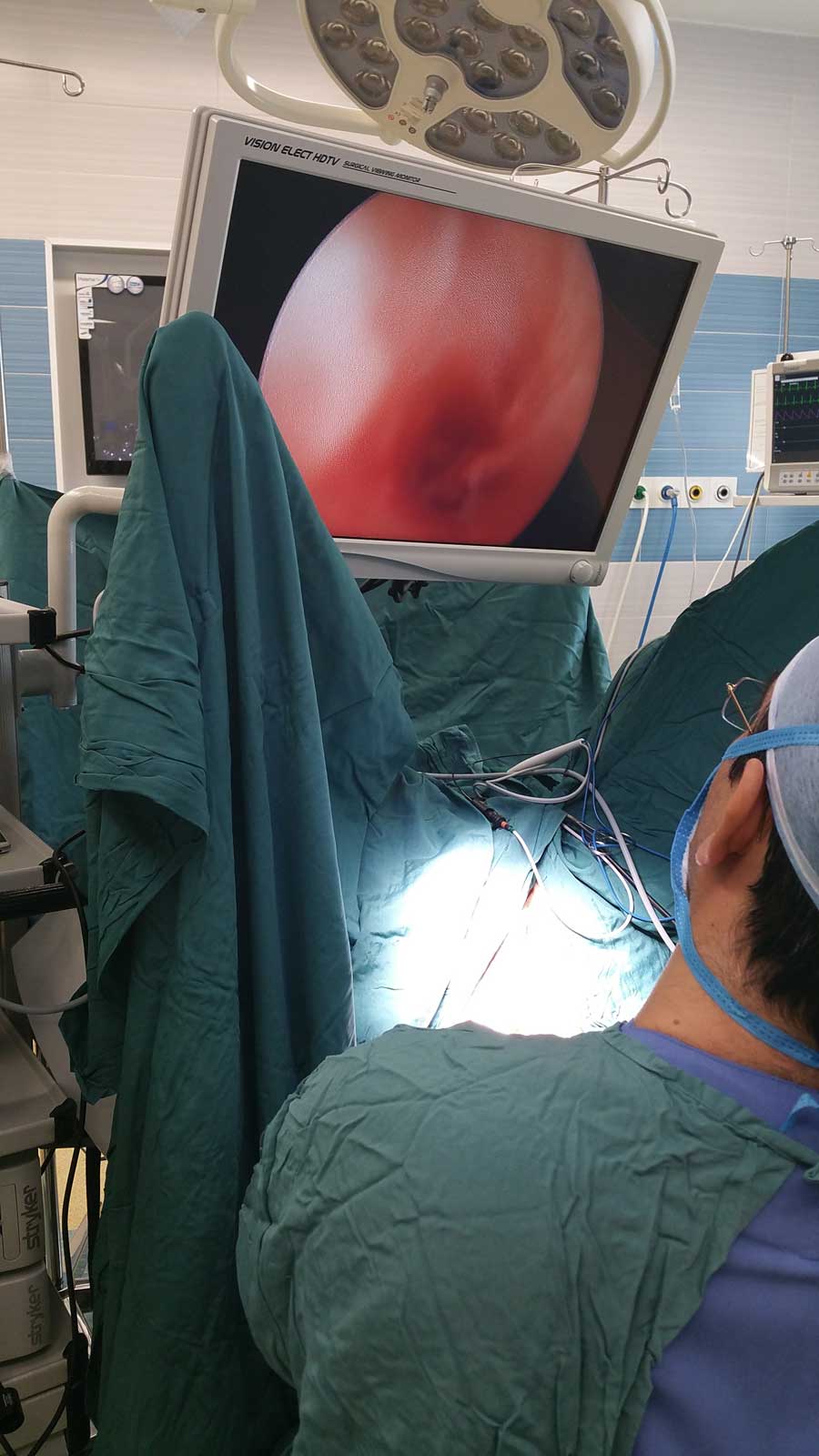Fistula Surgery Using the VAAFT Technique (Video-Assisted Anal Fistula Treatment)

Learn More About VAAFT Surgery for Anal Fistula
Since the perianal fistula was first recognized, surgeons have continuously sought ways to treat this complex disease without damaging the anal sphincter muscles, which are essential for maintaining continence. However, due to the intricate anatomy of the perianal region and the deep, branching nature of fistulas, identifying all affected tracts is challenging. This often leads to recurrence, pushing many surgeons toward more invasive techniques that involve cutting the sphincter.
Given the vital role of the anal sphincter in controlling defecation, it is crucial to prioritize sphincter-preserving methods before considering fistulotomy. Fortunately, several modern surgical techniques now offer promising results without compromising the sphincter.
Common sphincter-sparing approaches include:
Seton Placement
LIFT (Ligation of Intersphincteric Fistula Tract)
Advancement Flap (Mucosal-Muscle Flap of the Rectum)
Use of fistula tract fillers, which provide a scaffold for fibroblast growth
Among the earliest materials used was fibrin glue, though its high recurrence rate and handling difficulties have limited its popularity. Another option, the fistula plug—derived from porcine intestinal submucosa—has shown a 60–70% success rate in Iran but is limited by its high cost. Recently, biological fillers have been introduced and are undergoing experimental trials, although they have yet to be widely used in Iran.
Considering the profound impact of fecal incontinence on patients’ quality of life—especially within the cultural context of Iran—it’s essential for the surgical community to adopt sphincter-preserving strategies whenever possible.
VAAFT (Video-Assisted Anal Fistula Treatment): First Introduced in Iran
VAAFT is a groundbreaking minimally invasive technique designed to treat complex anal fistulas while fully preserving the anal sphincter. Using a delicate 1 mm fistuloscope and a 2 mm working channel, the surgeon can directly visualize the entire fistula tract. The internal opening is then securely closed, and the entire tract is irrigated and cauterized.
This innovative method requires no cutting of sphincter muscles, results in minimal skin trauma, and significantly lowers the risk of incontinence.
Recently introduced to Iran, the VAAFT system is now available for the treatment of complex anal fistulas and pilonidal sinus disease. This modern advancement represents a major step forward in anorectal surgery and is now being performed for the first time in the country by specialists equipped with this cutting-edge technology.


 روز شنبه 29 آذر ماه مطب تعطیل است
روز شنبه 29 آذر ماه مطب تعطیل است